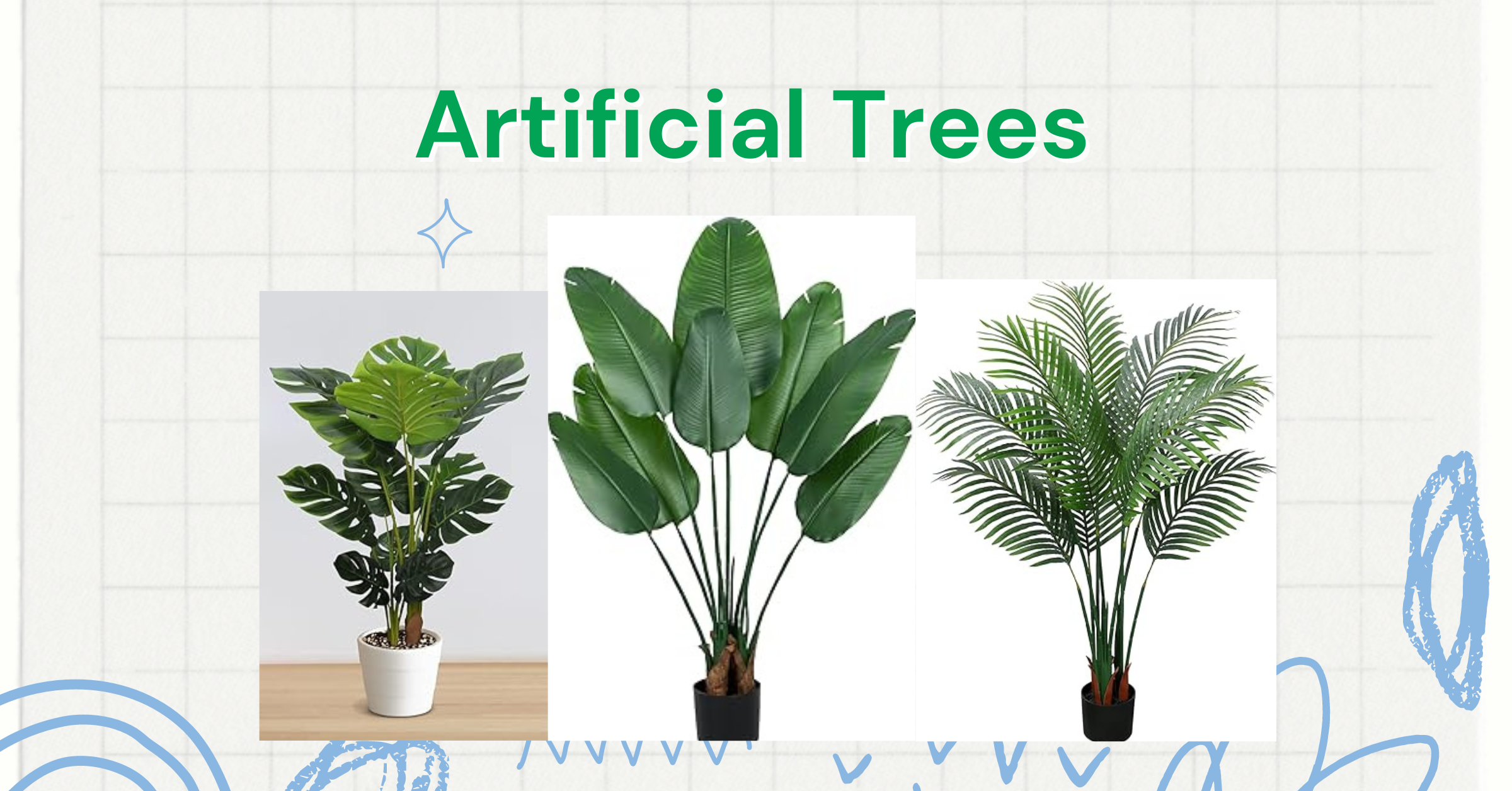Artificial trees have emerged as a promising technology. Climate change is one of the most pressing challenges of our time. With rising global temperatures, melting ice caps, and unpredictable weather patterns, the need for effective solutions has never been more critical. Among the various innovations to reduce carbon dioxide (CO2) levels, These man-made structures mimic the natural process of photosynthesis, capturing CO2 from the atmosphere and potentially helping to mitigate global warming.
Understanding Artificial Trees
Artificial trees are engineered devices designed to capture and store carbon dioxide from the air. Unlike natural trees, which absorb CO2 during photosynthesis, artificial trees utilize advanced materials and technologies to achieve the same goal more efficiently and on a larger scale. These structures can be placed in urban areas, industrial zones, or any location where CO2 levels are high.
How Do Artificial Trees Work?
The basic working mechanism of artificial trees involves a chemical process known as direct air capture (DAC). This process uses chemical sorbents—substances that absorb CO2 from the air. When air passes through the artificial tree, CO2 molecules are trapped by the sorbent material. Once the material is saturated, it is treated to release the captured CO2, which can then be stored underground or used in various industrial applications.
Advantages Of artificial trees
There are many advantages of natural trees, which are listed below here,
Higher Efficiency in CO2 Capture
Artificial trees can capture CO2 more efficiently than natural trees. While a mature natural tree may absorb around 22 kilograms of CO2 annually, an artificial tree can capture several tons of CO2 in the same timeframe.
Flexibility in Deployment
Unlike natural trees, which require specific conditions, artificial trees can be deployed in various environments, including urban areas, deserts, and industrial sites.
No Water or Soil Requirements
Natural trees require water, soil, and sunlight to thrive. In contrast, trees do not depend on these resources, making them suitable for arid and infertile regions.
Contribution to Carbon Neutrality
These trees can play a significant role in achieving carbon neutrality. By capturing CO2 directly from the atmosphere, they can offset emissions from industries, transportation, and other human activities. This makes them a valuable tool in the fight against climate change, especially when combined with other carbon reduction strategies like renewable energy and energy efficiency improvements.
Challenges and Limitations
I will share some challenges and limitations that are very important to you.
High Initial Costs
One of the primary challenges associated with trees is the high initial cost of development and deployment. The technology is still in its early stages, and large-scale implementation requires significant investment in research, manufacturing, and infrastructure.
Energy Requirements
The trees require energy to operate, especially during the CO2 capture and release processes. If the energy used is derived from fossil fuels, it could undermine the overall effectiveness of the technology. Therefore, it is crucial to power trees with renewable energy sources to ensure a net positive impact on the environment.
Storage and Utilization of Captured CO2
Once CO2 is captured, it must be stored or utilized in a way that prevents it from re-entering the atmosphere. This requires the development of secure storage facilities, such as underground reservoirs, and innovative methods to convert CO2 into useful products like fuels, chemicals, and building materials.
Future Prospects of artificial trees
The trees represent a promising innovation in addressing environmental challenges, particularly in carbon capture and renewable energy. These synthetic structures mimic the natural processes of trees, effectively removing carbon dioxide from the atmosphere.
Innovations and Advancements
As research and development continue, we can expect significant advancements in the efficiency and affordability of trees. Emerging technologies, such as nanomaterials and AI-driven optimization, have the potential to enhance the CO2 capture capacity of trees while reducing their energy consumption and operational costs.
Integration with Smart Cities
In the future, artificial trees could be integrated into smart cities, where they would work in tandem with other green technologies, such as solar panels and electric vehicles, to create a sustainable urban environment. These cities could have dedicated zones for artificial trees that monitor air quality and automatically adjust their CO2 capture rates based on real-time data.
Global Implementation
For trees to make a significant impact on global CO2 levels, they must be deployed on a large scale across multiple countries. International collaboration and policy support will be essential in achieving this goal. Governments, industries, and environmental organizations must work together to establish regulatory frameworks, incentivize investments, and promote public awareness about the benefits of trees.
Artificial tree are not intended to replace natural forests. Instead, they complement natural carbon sinks by providing additional capacity for CO2 capture, particularly in areas where reforestation is not feasible.
While the initial costs of trees are high, ongoing operational costs depend on the energy source used. Using renewable energy can help reduce operational expenses and ensure a positive environmental impact.
Captured CO2 can be stored underground in secure facilities or utilized in various industrial processes, such as the production of fuels, chemicals, and building materials.
The amount of CO2 an artificial tree can capture varies depending on the design and technology used. Some advanced models are capable of capturing several tons of CO2 per year.
The trees are not necessarily better than natural tree. they serve different purposes. While natural trees provide numerous ecological benefits, such as habitat for wildlife and oxygen production, trees are specifically designed for efficient CO2 capture. Both are important in the fight against climate change.
Ending Words of the article
Artificial trees represent a promising innovation in the quest for sustainable carbon capture solutions. While they are not a replacement for natural trees, they offer a complementary approach to reducing atmospheric CO2 levels. With continued research, development, and global collaboration, artificial trees could play a vital role in mitigating climate change and moving us closer to a carbon-neutral future. For more information visit.







